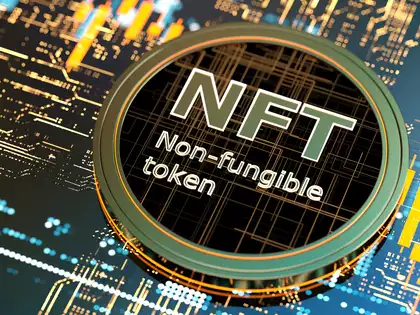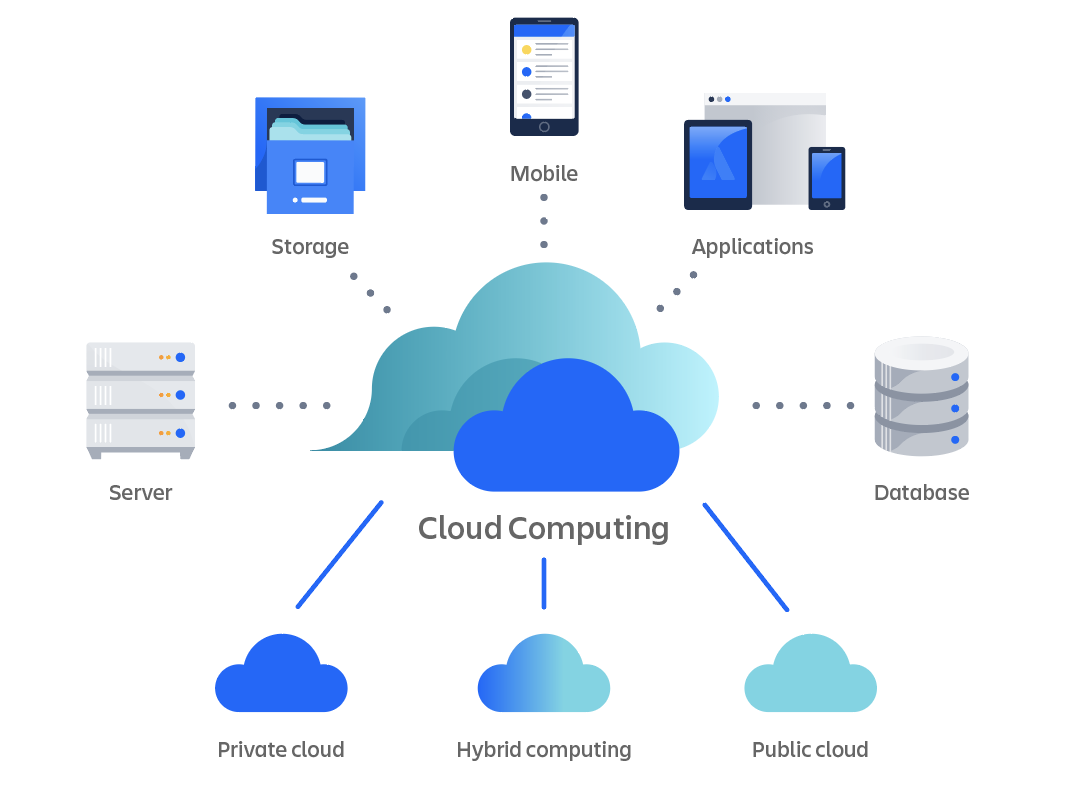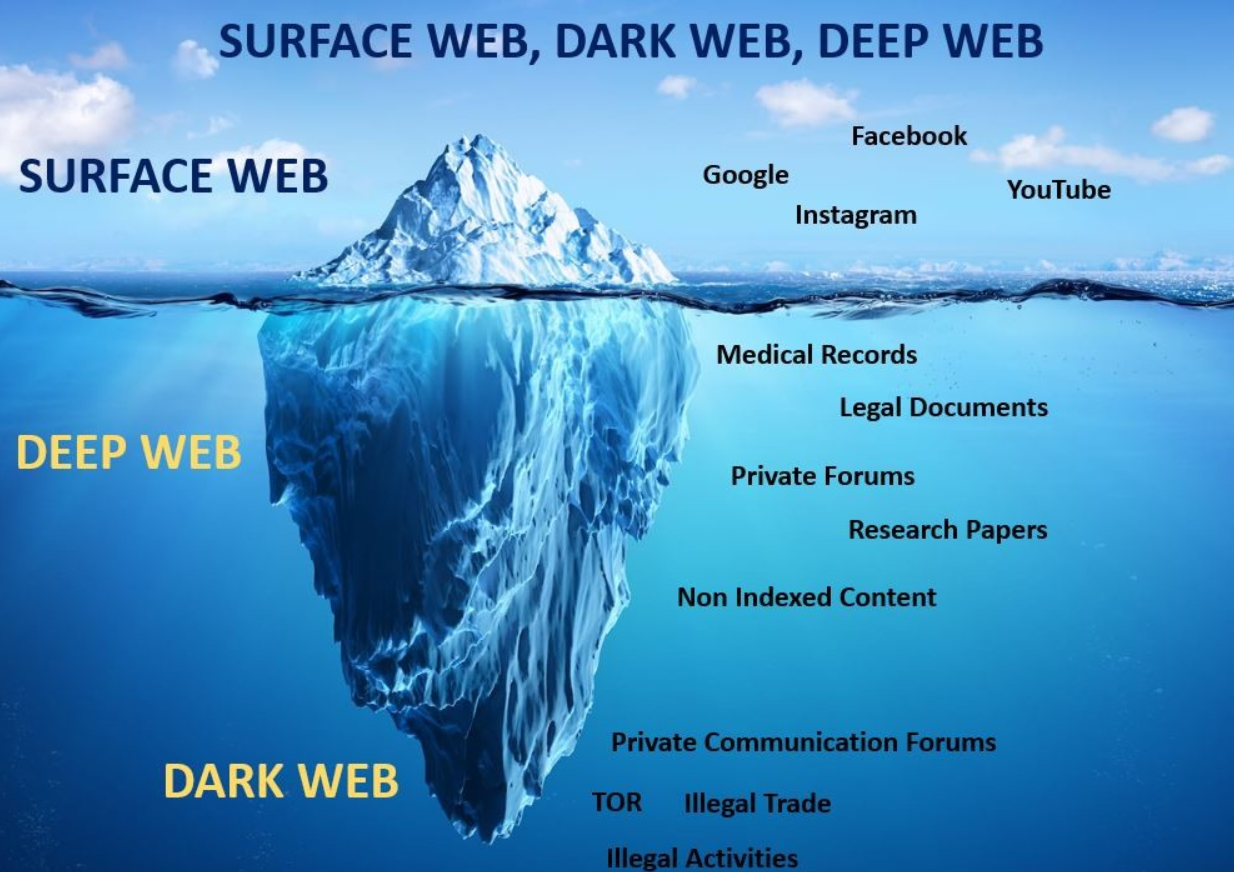
The NFT Boom – A Flashback
It was 2021, and the world was going crazy over NFTs (Non-Fungible Tokens). People were spending millions of dollars on digital art, memes, and even virtual land. Celebrities, artists, and tech enthusiasts jumped into the trend. Some thought it was the future of digital ownership, while others called it a bubble waiting to burst.
Fast forward to 2025, and things look very different. The hype has settled, many projects have disappeared, and people are asking: Are NFTs still relevant? Or was it just a passing trend? Let’s find out.
What Are NFTs? (For Those Who Missed the Hype)
NFTs are like digital certificates of ownership stored on the blockchain (a secure digital ledger). Each NFT is unique, which means no two NFTs are exactly alike. This makes them perfect for proving ownership of digital things like:
- Art & Collectibles – Digital paintings, music albums, trading cards, etc.
- Gaming Items – Virtual weapons, costumes, or even game characters.
- Virtual Real Estate – Buying land in digital worlds like Decentraland and The Sandbox.
- Exclusive Memberships – VIP passes to online communities, events, and clubs.
Think of NFTs like a deed to a house—it proves that a digital item belongs to you, even if others can see or copy it.
Where Are NFTs in 2025?
1. The Speculation Bubble Has Popped
In the early days, NFTs were mostly about speculation—people buying them just to sell them for a higher price later. But like any market driven by hype, the bubble burst. Prices crashed, many projects failed, and “get-rich-quick” buyers left.
But this was actually a good thing. It removed the scams and left room for real innovation.
2. NFTs Are Now Practical, Not Just Collectibles
The most successful NFTs today are not just expensive JPEGs. They have real-world uses:
- Ticketing & Events: Major concerts and sports leagues now issue NFT tickets, reducing fraud and scalping.
- Gaming: Gamers actually own their in-game items as NFTs and can trade them across different games.
- Real Estate & Documents: Property deeds, contracts, and ID cards are moving onto the blockchain as NFTs for better security and transparency.
- Music & Film Industry: Artists sell music and videos as NFTs, keeping more profits instead of giving huge cuts to record labels or streaming platforms.
In short, NFTs have moved from hype to function.
3. The Metaverse and Virtual Worlds Still Use NFTs
Remember the idea of a “Metaverse” where people live, work, and socialize in virtual worlds? While it’s not as big as expected, virtual spaces are still growing, and NFTs power them.
Companies like Meta, Google, and Apple have developed VR and AR-based worlds, where people can buy land, clothes, and experiences—all as NFTs. Instead of paying monthly subscriptions, users own their digital assets and can sell or trade them.
4. NFT Art and Collectibles: Still Alive, But Different
Artists who genuinely use NFTs to create and sell unique digital art are still thriving. But instead of million-dollar sales, it’s now a sustainable market.
- Digital art lovers still collect NFTs, but they value creativity over hype.
- Artists use NFTs to sell limited editions, making digital art as valuable as physical paintings.
- Some museums and galleries have even started displaying NFT artworks!
So, NFT art hasn’t disappeared—it just evolved into something more stable.
What’s Next for NFTs?
1. NFTs Will Be in More Everyday Things
You might not realize it, but you’ll soon be using NFTs without even thinking about it. Buying concert tickets, proving ownership of a car, or even securing medical records could all be NFT-based.
2. More Regulation and Security
In 2021-2022, scams and fake projects gave NFTs a bad name. But by 2025, governments and tech companies have set rules to protect buyers and prevent fraud. This makes NFTs safer and more trustworthy.
3. NFTs Will Work with AI
Imagine an AI-generated painting that constantly changes based on real-world events—and you own the NFT of that dynamic artwork! AI and NFTs are merging, creating a new form of digital ownership.
So, Are NFTs Still Relevant in 2025?
Yes, but not in the way people expected.
The get-rich-quick phase is over, but NFTs have evolved into a practical, secure way to prove ownership and trade digital assets. They are now deeply integrated into gaming, entertainment, business, and even government systems.
If you’re an investor looking for fast money, NFTs aren’t a goldmine anymore. But if you’re interested in technology, creativity, and the future of digital ownership, NFTs are here to stay.
Would you buy an NFT in 2025? Or do you think they’re still overrated? Let’s discuss!



Leave a Reply